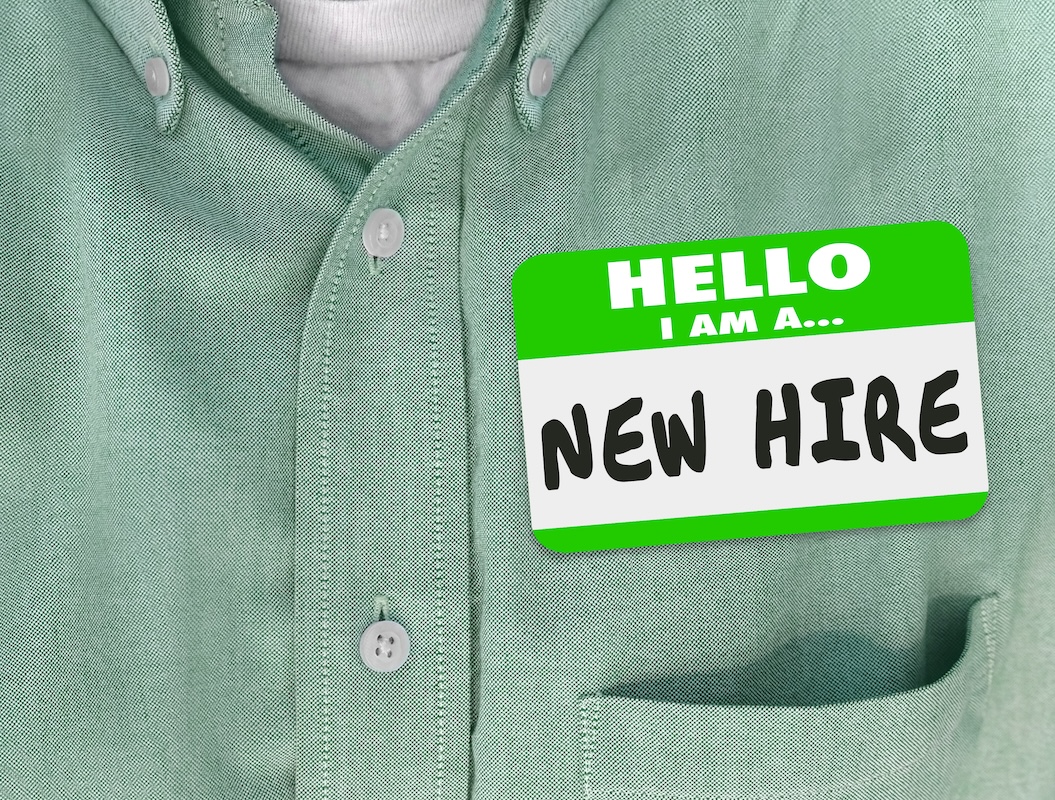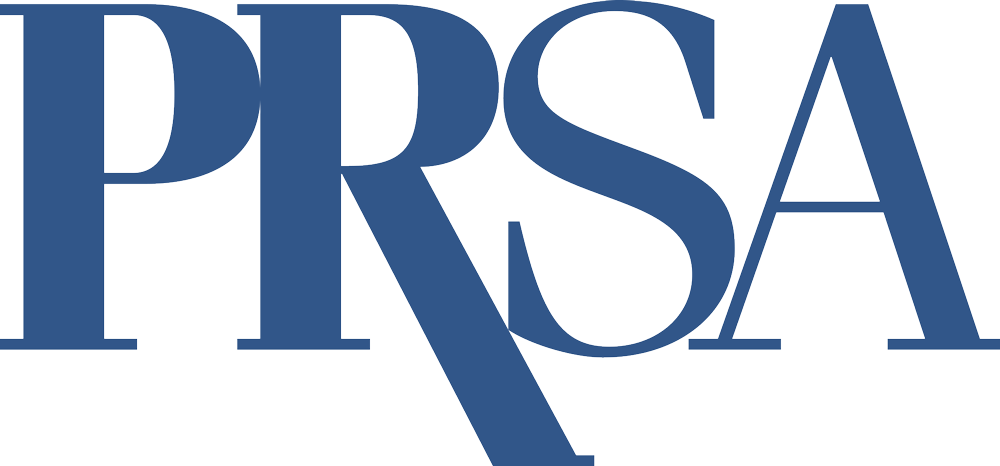New Hire Acclimation
By Christina Stokes
February 2025
The average new employee will need anywhere from three to six months to fully acclimate and settle into their new role. We can’t just throw them into the deep end and expect incredible progress, though. There are several steps managers should take to support this onboarding and adjustment period for new hires.
Set up your hire for success.
Appropriate onboarding and training are necessary for any new hire’s success. Be sure that the responsibilities of the role are clearly defined during onboarding. Make sure that there is a designated go-to person should any questions arise.
Provide an appropriate amount of training, and because people don’t always learn the same way, pay attention, and adjust to the differing needs of your hands-on learners and visual learners.
You also want to integrate the new hire into the team. Include new hires in team meetings from day one, even if it’s just to observe. Create a welcoming and supportive environment for them by arranging one-on-one meetings for the new hire with all the members of the team, and even some key folks outside of the team.
This is important even if everyone won’t work directly together on a day-to-day basis. Assign a peer mentor who isn’t the direct supervisor.
Stay involved to avoid issues.
Schedule regular check-ins for the new hire during the first few months. This is a great way to see what is working and what isn’t, and to identify areas where additional support might be needed before they turn into problems.
Any skills gaps can be identified and a targeted training plan can be developed and implanted. Address performance concerns head-on and provide constructive feedback while still acknowledging achievements.
Establish performance metrics and success criteria with your new hire early on. If they’re doing well, then create learning opportunities with assignments that allow them to stretch outside of their comfort zone.
Watch out for long-term issues.
If the new hire acclimation seems to be taking longer than anticipated, then you might have to reevaluate either the hiring or onboarding processes. Review the performances of other recent new hires at a similar level.
Consider sprucing up your job descriptions and the skills assessments that you use during the interview process, too. Sometimes, you may have to face the harsh reality that the person may not be the right fit after all.
It’s possible that a person misrepresented their skills. The pressure of the role may be too much for them. You may notice that they’re having a lot of difficulty developing new skills, even with training. Perhaps they are not receptive to feedback, or they just don’t learn from their mistakes. Be sure to document everything and always connect with your human resources team for guidance.
Look ahead.
Success in acclimating new hires is about building a foundation for long-term engagement, growth and, ultimately, success. To do this, we have to look beyond the first few months and create career development paths within the organization.
Show your new hire how their role connects with the goals of the team and beyond, to larger goals for the company, to show them what the future can look like for them. If your company doesn’t have formal midyear/year-end/six-month reviews, then consider implementing them to celebrate successes, address any lingering concerns and chart a path for the next year.
A successful new hire strengthens culture, boosts morale and expands capabilities. You want to see a return on time and resources, which is why proper new hire acclimation is critical. You’re paving the road for the future of your team and the business overall. The effort is worth it!



